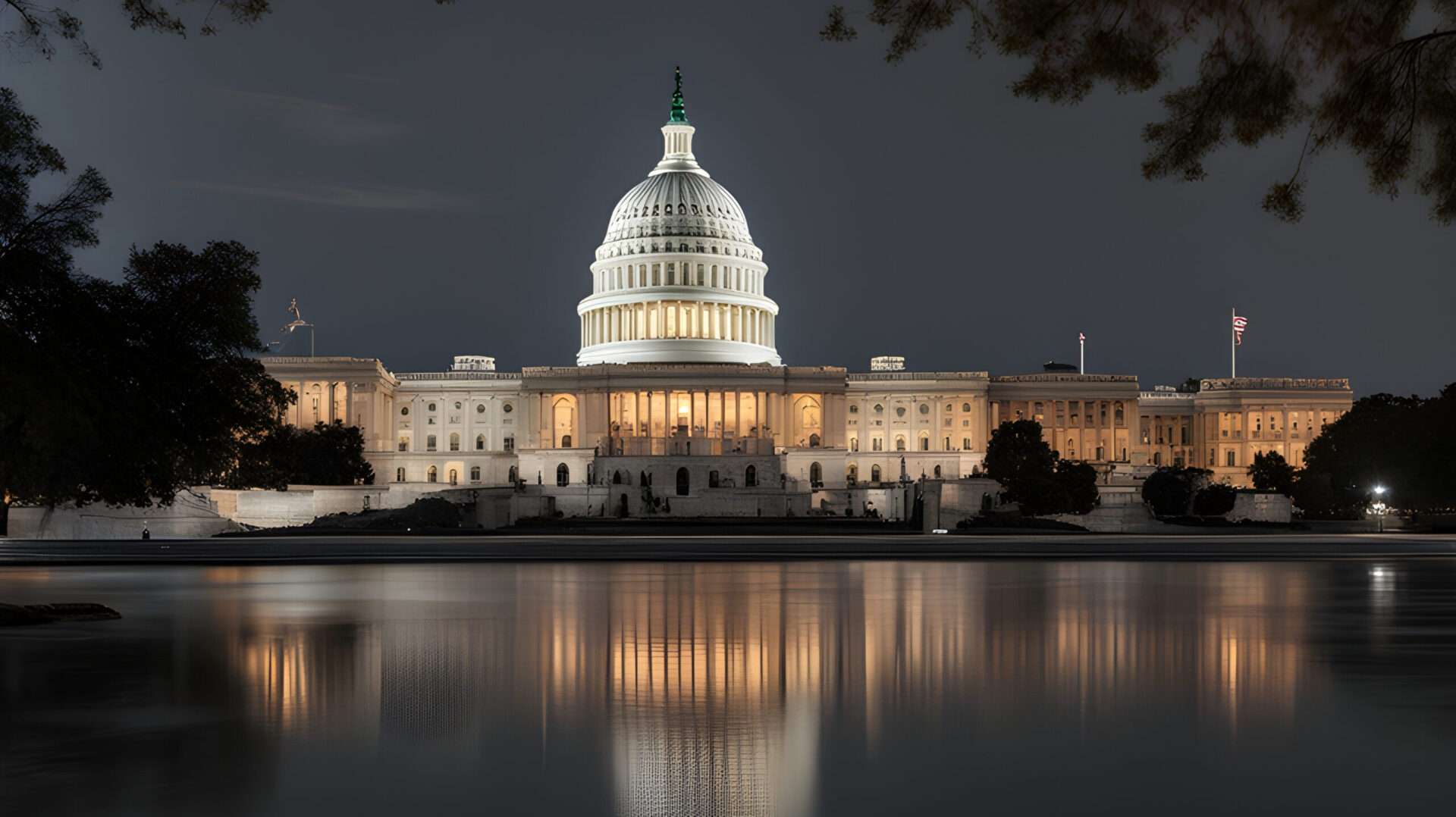Note: Political Awareness’s published communication is never authorized by any candidate or their committees.
The Tenth Amendment: A Pillar of State Power in the U.S. Constitution
The Tenth Amendment to the United States Constitution, part of the Bill of Rights, was ratified on December 15, 1791. It reads:
“The powers not delegated to the United States by the Constitution, nor prohibited by it to the States, are reserved to the States respectively, or to the people.”
This seemingly simple statement holds powerful implications for the balance of power between federal and state governments – a debate that still shapes American politics.
A Safeguard Against Federal Overreach
At the time of the Constitution’s adoption, many feared that the federal government would overshadow state authority. The Constitution initially did not feature many limits on federal power, leading states’ rights advocates to push for greater protections. The Tenth Amendment was added to address these concerns, assuring citizens that any power not given to the federal government, or denied to the states, would remain with the states or the people.
Importantly, the Tenth Amendment does not redefine the relationship between state and federal authority. It rather serves as a reminder of states’ ability to govern within their own boundaries, as long as their laws do not contradict federal statutes.
Why the Tenth Amendment Matters Today
Supporters of the Tenth Amendment view it as a critical defense against federal overreach. Reserving enumerated powers to the states reinforces the principle of federalism and helps maintain a balanced government.
However, critics claim that the amendment no longer serves its purpose and is unnecessary. As federal regulations have evolved, the distinction between state and federal powers has become increasingly blurred. Some do not see the amendment as offering practical restrictions on modern federal authority.
Landmark Supreme Court Cases
The Tenth Amendment has played a key role in multiple Supreme Court decisions, including:
- United States v. Darby Lumber Co. (1941)
Darby Lumber challenged the constitutionality of the Fair Labor Standards Act (FLSA), claiming it exceeded congressional authority. The Supreme Court upheld the FLSA, ruling that Congress’s power to regulate interstate commerce aligned with the Tenth Amendment.
- Garcia v. San Antonio Metropolitan Transit Authority (1985)
The Court determined that even state and local government employees, as well as transit workers, were subject to federal labor laws under the FLSA, further affirming the federal government’s regulatory power.
- South Dakota v. Dole (1987)
Congress withheld a percentage of highway funds from states that did not raise the minimum drinking age to 21. The Court upheld the law, stating it was a constitutional use of federal spending power that promoted general welfare.
- Printz v. United States (1997)
The Supreme Court ruled that the federal government could not require state officials to enforce background checks on prospective gun owners. This emphasized limitations on federal authority under the Tenth Amendment.
- Dobbs v. Jackson Women’s Health Organization (2022)
This decision overturned federal protection for abortion rights, returning regulatory power to the states. The Court argued that since the Constitution does not grant abortion regulation to the federal government, that power belongs to the states.
Modern Relevance: Immigration, Abortion, and Gun Control
The Tenth Amendment continues to influence hot political debates:
- Abortion: After Dobbs v. Jackson, abortion laws are state-controlled, with some enacting full bans and others protecting access.
- Immigration: States cannot be forced to enact federal immigration laws using their own resources unless they formally agree to cooperate.
- Gun Control: The federal government cannot force local law enforcement to carry out federal gun regulations.
Conclusion
Though often overlooked, the Tenth Amendment remains a vital part of the United States’ constitutional framework. It acts as a boundary, securing states’ control over matters not expressly handled by the federal government. From historic labor disputes to today’s most divisive political issues, the Tenth Amendment is a lens through which we continue to view the struggle between federal authority and states’ rights. Its evolving interpretation will continue to shape the distribution of power in our federal system.

Leave a Reply